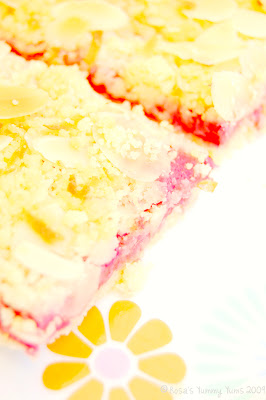With time, my love for tomatoes started to grow and thanks to "Heirloom Tomatoes" a whole new world has opened to me, revealing the most intriguing tomatoes I have ever come across.
"Heirloom Tomatoes", or heritage tomatoes come in so many shapes, tastes and colors that it is impossible not to fall in love with them all!
Until now, I've tested "Green Zebra", "Kumato", "Golden Queen", "Yellow Jelly Bean", "Cherry" & "Beef Heart" tomatoes and I had much pleasure eating them.
 "Heirloom" is the theme for the September CLICK photo event at Jugalbandi. I have submitted the fourth photo, so i'm crossing my fingers in order to be amongst the lucky winner...
"Heirloom" is the theme for the September CLICK photo event at Jugalbandi. I have submitted the fourth photo, so i'm crossing my fingers in order to be amongst the lucky winner...





































